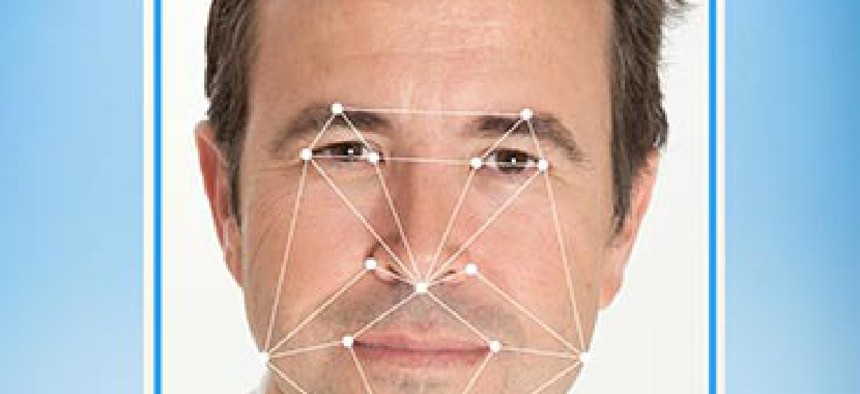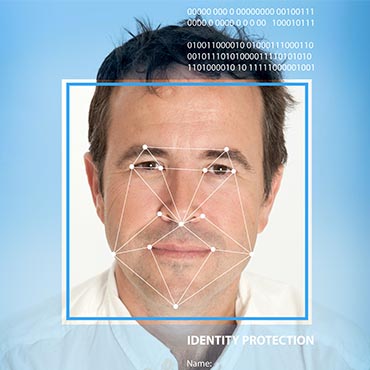NSA employs ever-improving facial-recognition technology

The National Security Agency’s revelation highlights the growing sophistication of facial-recognition tools available to government.

National Security Agency Director Adm. Michael Rogers on June 3 took an unusual step for an intelligence chief in publicly confirming a top-secret program, and in doing so drew attention to the growing sophistication of facial-recognition tools available to the federal government.
The NSA uses far-reaching facial-recognition technology to gather foreign intelligence but not to target U.S. citizens, Rogers said, confirming the contours of a recent New York Times report but declining to detail the program. Citing 2011 documents revealed by former NSA contractor Edward Snowden, the Times report said the NSA is using increasingly precise facial-recognition software to intercept millions of images a day.
Facial-recognition tools are particularly useful in counter-terrorism, Rogers said June 3 at a Bloomberg Government-hosted conference in Washington, D.C.
‘Where we see entities through our signals intelligence capabilities… we will note them digitally, if you will,” he said. The program could help the NSA’s “broader efforts to bring [alleged terrorists] to justice and to forestall their ability to conduct attacks against” the United States and its allies, he added.
The NSA director emphasized that his agency does not broadly apply the facial-recognition program to U.S. citizens. “If we have to do anything involving a U.S. person, we have specific legal constraints we must comply with. We just don’t unilaterally decide, ‘Hey, today I’m going to go after Citizen X, Y or Z,’” he said.
The same day as Rogers’ remarks, the National Institute of Standards and Technology publicized a report showing that facial recognition algorithms have improved up to 30 percent since 2010.
The report by NIST biometric researchers Patrick Grother and Mei Ngan includes results from algorithms submitted by 16 technology firms and institutes and used a database of 1.6 million faces.
The study found that the rates of missing facial matches slowly increase as the database grows. For example, when the number of facial images increased from 160,000 to 1.6 million, the error rate increased only about 1.2 times, according to NIST. This slow increase in error rates “is largely responsible for the operational utility of face identification algorithms,” Grother said in a NIST announcement.
“These algorithms are used around the world to detect duplicates in databases, fraudulent applications for passports and driving licenses, in token-less access control, surveillance, social media tagging, lookalike discovery and criminal investigations,” he added.
NIST spokeswoman Evelyn Brown said the report’s findings could have implications for U.S. border patrol and other law enforcement agencies that use facial-recognition technology.
In the 2013 test, researchers incorporated poor quality webcam shots, and a small database of images taken for visa applications that met all of the International Organization for Standardization/International Electrotechnical Commission standards. Search failure rates for the poor quality webcam images were three times greater than for the higher quality images. Tested algorithms were most successful with the ISO standardized images collected for passport, visa and driver’s license applications.
It is unclear how much collaboration there is between federal agencies in facial-recognition technology and related databases. The New York Times story reported that an NSA spokeswoman declined to say whether the agency was privy to a State Department database of images of foreign visa applicants. For his part, Rogers said the agency does not have access to Department of Motor Vehicles’ databases of driver’s licenses.


